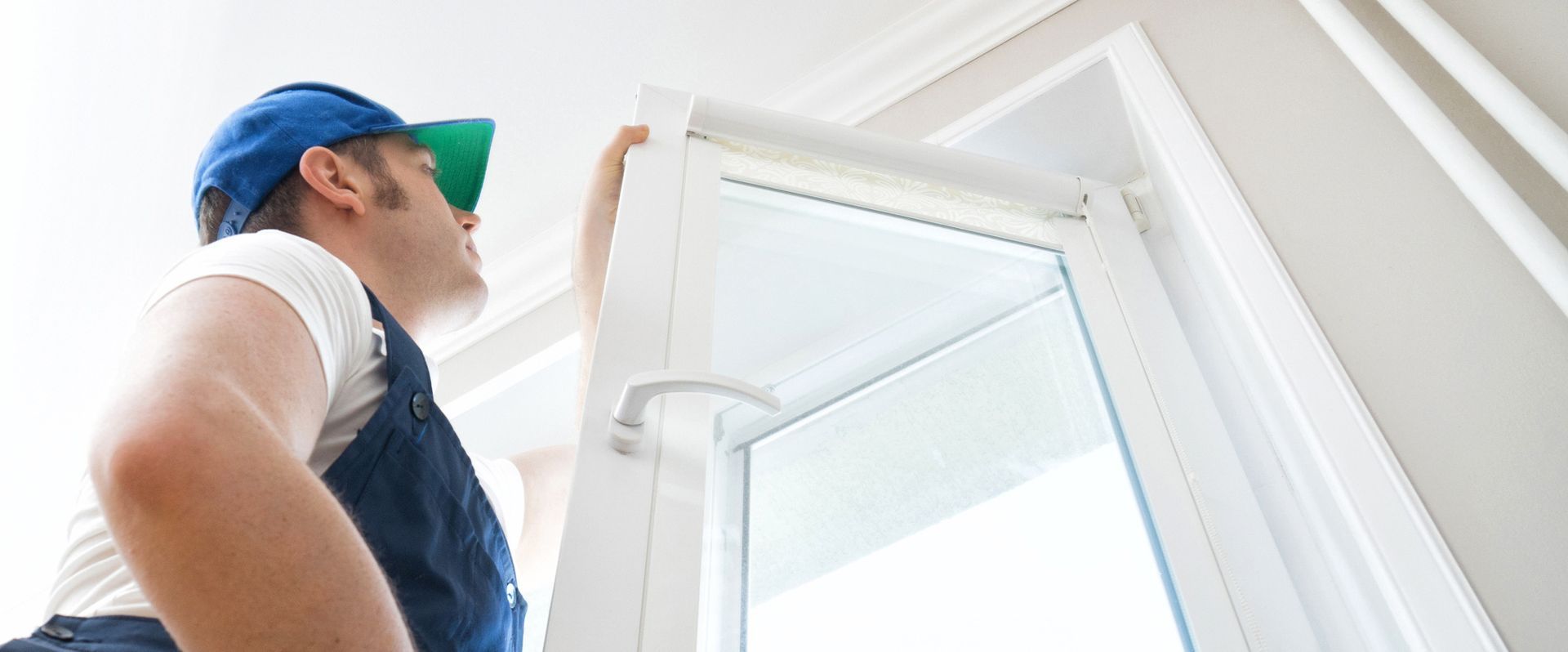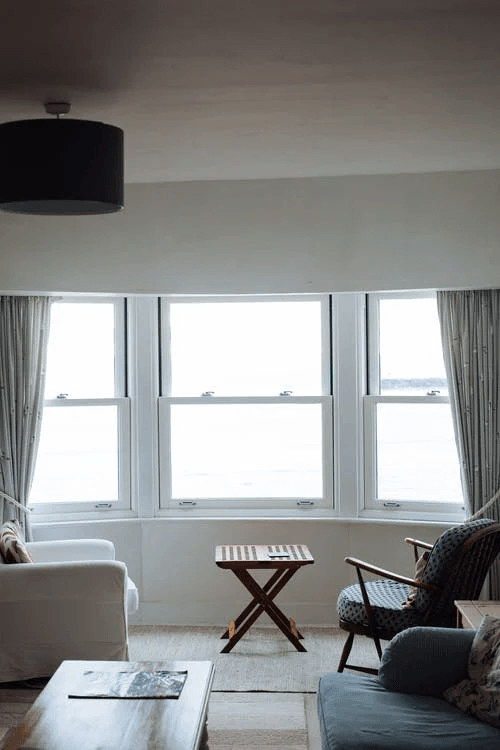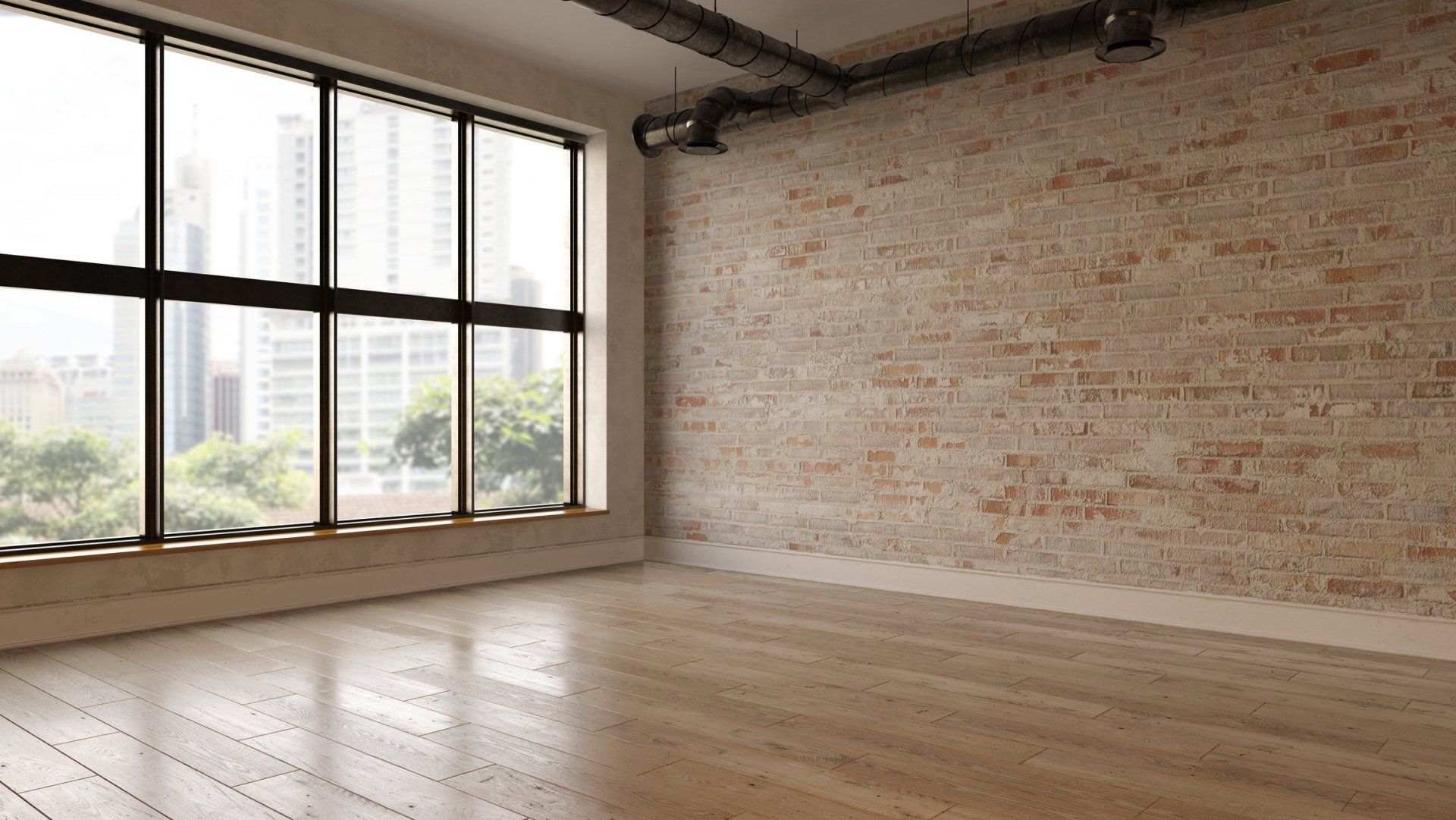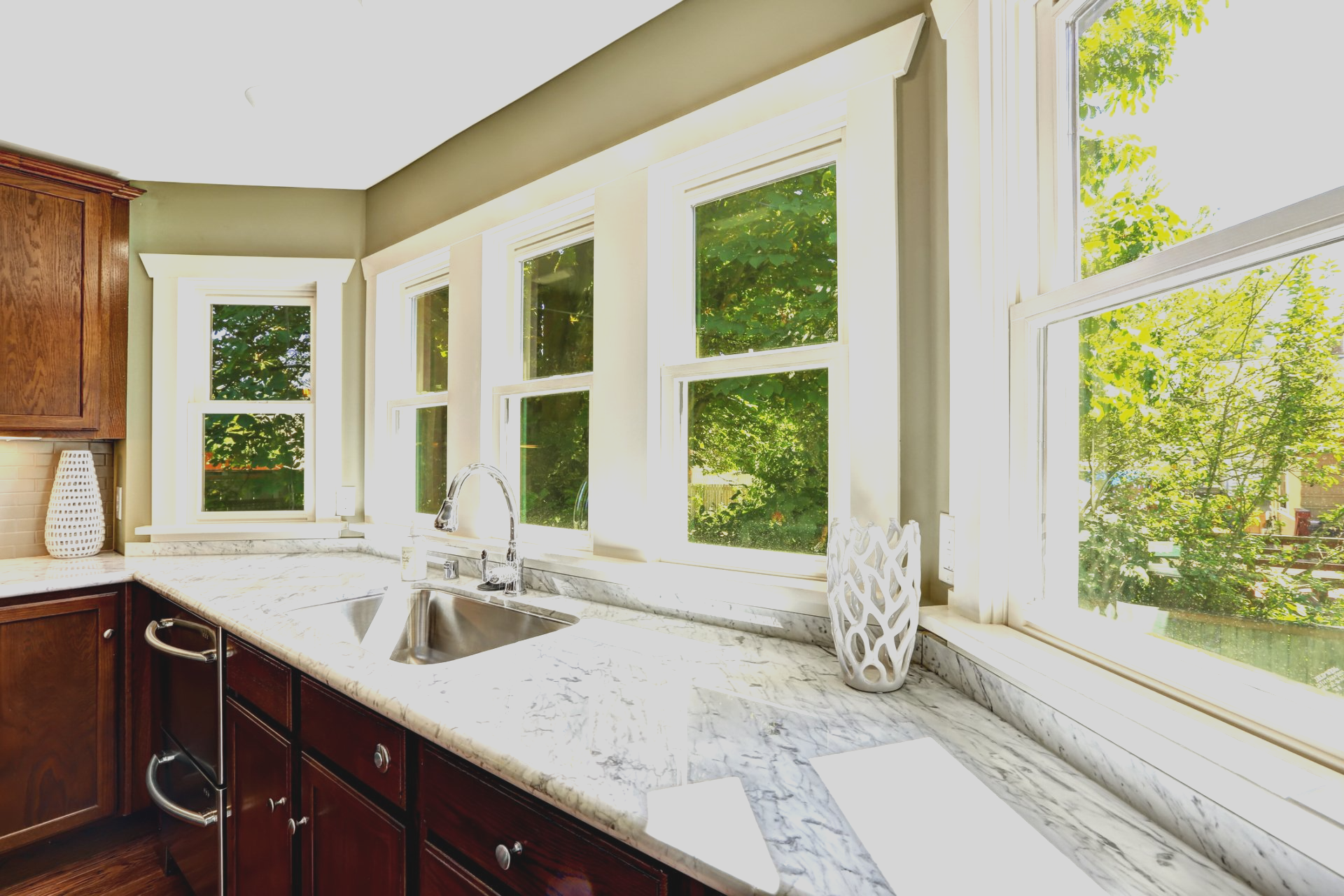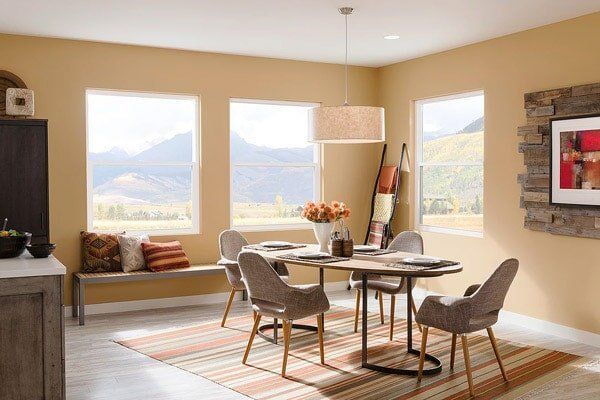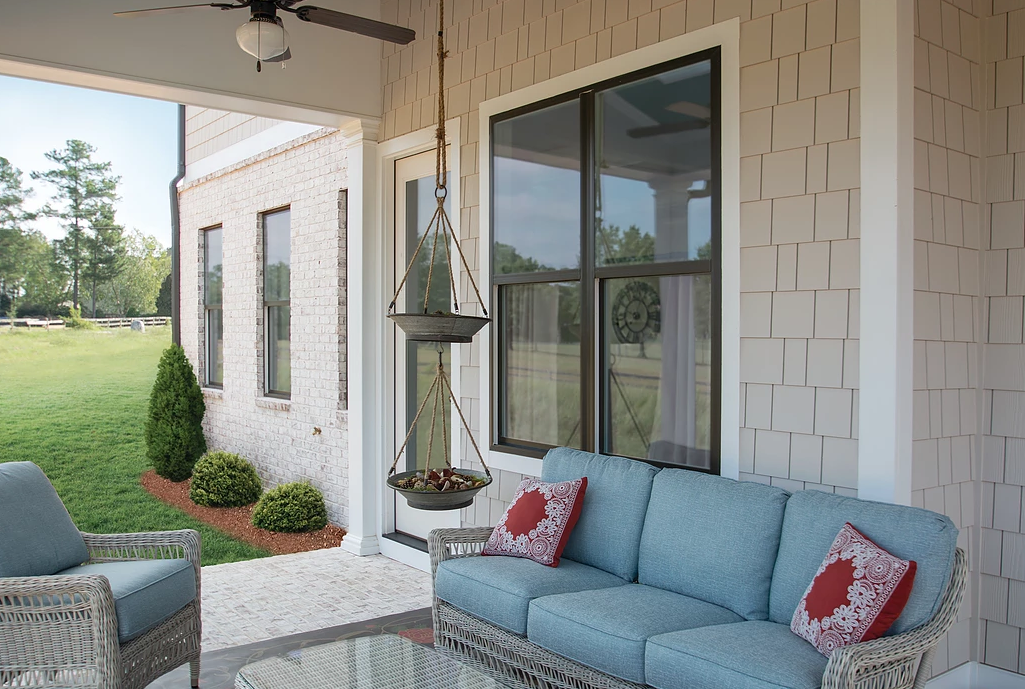How to Prevent Window Damage
shaunmc • June 29, 2021
There are many things that can damage your windows, and we’re not just talking about the neighbor kid with his baseball. Wind, hurricanes, tornadoes, hail storms, earthquakes and all manner of disasters can smash that glass. And there’s an even more insidious problem coming from inside the home that you may not have thought about: condensation. It can ruin a window without ever breaking the glass. Here are some things to look for and watch out for.
Anyone who lives in storm country--be it tornado alley, or the gulf coast, or anywhere where massive wind events are common--know that windows can be often more dangerous than they are protective. Rather than being a barrier between you and the storm, they’re a disaster waiting to happen--flying daggers of glass that can tear into the home and leave a carpet of razor-sharp shards to be stepped on.
Fortunately, you’re not the only ones who have noticed this problem. There have been people trying to solve the problem of storm-broken windows for as long as there have been windows getting a beating by the weather. And there are many solutions: some old fashioned (but effective) and some state-of-the-art.
Storm Shutters have been around nearly as long as windows have existed--a barrier between the glass and the outside world. Some technology never needs to change: you can still get wooden traditional shutters that you close to block the wind. But storm shutters have also evolved with time. There are aluminum shutters that can fold up accordion-style--so you never have to see them until you need them. There are some aluminum shutters that close mechanically, and some that work by remote control (such as those on upper floors that may be hard to reach).
We’re all aware of bulletproof glass, and you may not think that you need bulletproof glass on your house, but the same technology that makes this glass bulletproof can help produce glass that is strong and highly-impact resistant. This glass is commonly made of many forms of laminates, each one providing one more preventative barrier. Impacts will still hit your windows (unlike shutters, which are designed to keep the impacts away entirely), but the debris and hail that is pummeling your windows does not have to damage your windows. And, if it does damage them, you’ll still be safe and dry inside the house.
Similar in concept to high-impact glass, this is a product that is made to prevent your window from shattering into the house. It’s a transparent film that you put over the windows. This film can come in many varieties--you can have tinted windows, if you’d like, or UV blocking windows--and the film is designed not to stop your windows from breaking but from shattering into the house. (This film is generally best installed by a professional to make sure there are no bubbles or creases.)
Earthquake film is similar to hurricane film in many ways. It’s a transparent film that is placed over the glass and which protects the house from shattered shards. This protective window film is often applied to both the inside and the outside of the windows so that no sharp pieces land on the floor.
We may not think of condensation as something that can damage windows, because condensation is such a common thing that we think it can’t possibly be dangerous. But as the weather outside drops, the inside of your windows will begin to fog up. This water will drip and pool into the window frame and the wall below.
The most common form of damage to your windows that you get from condensation is from mold, but there can be corrosion to the metal frame, and even damage to your sill and wall. And that form of damage can go unchecked for years and can rot your wood frame and warp your drywall.
The best way to protect from condensation damage is to use dehumidifiers in your home, especially during months when it is cooler outside than in. If you really want to be careful, you can use a hygrometer to monitor humidity levels in your home.
Another simpler way (if you can handle the outside temperatures) is to make sure you have air flowing in and out of your windows periodically. Even opening them a few inches can make a big difference in condensation forming on them.
Wind and Storm Damage
Anyone who lives in storm country--be it tornado alley, or the gulf coast, or anywhere where massive wind events are common--know that windows can be often more dangerous than they are protective. Rather than being a barrier between you and the storm, they’re a disaster waiting to happen--flying daggers of glass that can tear into the home and leave a carpet of razor-sharp shards to be stepped on.
Fortunately, you’re not the only ones who have noticed this problem. There have been people trying to solve the problem of storm-broken windows for as long as there have been windows getting a beating by the weather. And there are many solutions: some old fashioned (but effective) and some state-of-the-art.
Storm Shutters
Storm Shutters have been around nearly as long as windows have existed--a barrier between the glass and the outside world. Some technology never needs to change: you can still get wooden traditional shutters that you close to block the wind. But storm shutters have also evolved with time. There are aluminum shutters that can fold up accordion-style--so you never have to see them until you need them. There are some aluminum shutters that close mechanically, and some that work by remote control (such as those on upper floors that may be hard to reach).
High-Impact Glass
We’re all aware of bulletproof glass, and you may not think that you need bulletproof glass on your house, but the same technology that makes this glass bulletproof can help produce glass that is strong and highly-impact resistant. This glass is commonly made of many forms of laminates, each one providing one more preventative barrier. Impacts will still hit your windows (unlike shutters, which are designed to keep the impacts away entirely), but the debris and hail that is pummeling your windows does not have to damage your windows. And, if it does damage them, you’ll still be safe and dry inside the house.
Hurricane Film
Similar in concept to high-impact glass, this is a product that is made to prevent your window from shattering into the house. It’s a transparent film that you put over the windows. This film can come in many varieties--you can have tinted windows, if you’d like, or UV blocking windows--and the film is designed not to stop your windows from breaking but from shattering into the house. (This film is generally best installed by a professional to make sure there are no bubbles or creases.)
Earthquake Damage
Earthquake film is similar to hurricane film in many ways. It’s a transparent film that is placed over the glass and which protects the house from shattered shards. This protective window film is often applied to both the inside and the outside of the windows so that no sharp pieces land on the floor.
Condensation Damage
We may not think of condensation as something that can damage windows, because condensation is such a common thing that we think it can’t possibly be dangerous. But as the weather outside drops, the inside of your windows will begin to fog up. This water will drip and pool into the window frame and the wall below.
The most common form of damage to your windows that you get from condensation is from mold, but there can be corrosion to the metal frame, and even damage to your sill and wall. And that form of damage can go unchecked for years and can rot your wood frame and warp your drywall.
The best way to protect from condensation damage is to use dehumidifiers in your home, especially during months when it is cooler outside than in. If you really want to be careful, you can use a hygrometer to monitor humidity levels in your home.
Another simpler way (if you can handle the outside temperatures) is to make sure you have air flowing in and out of your windows periodically. Even opening them a few inches can make a big difference in condensation forming on them.
The body content of your post goes here. To edit this text, click on it and delete this default text and start typing your own or paste your own from a different source.
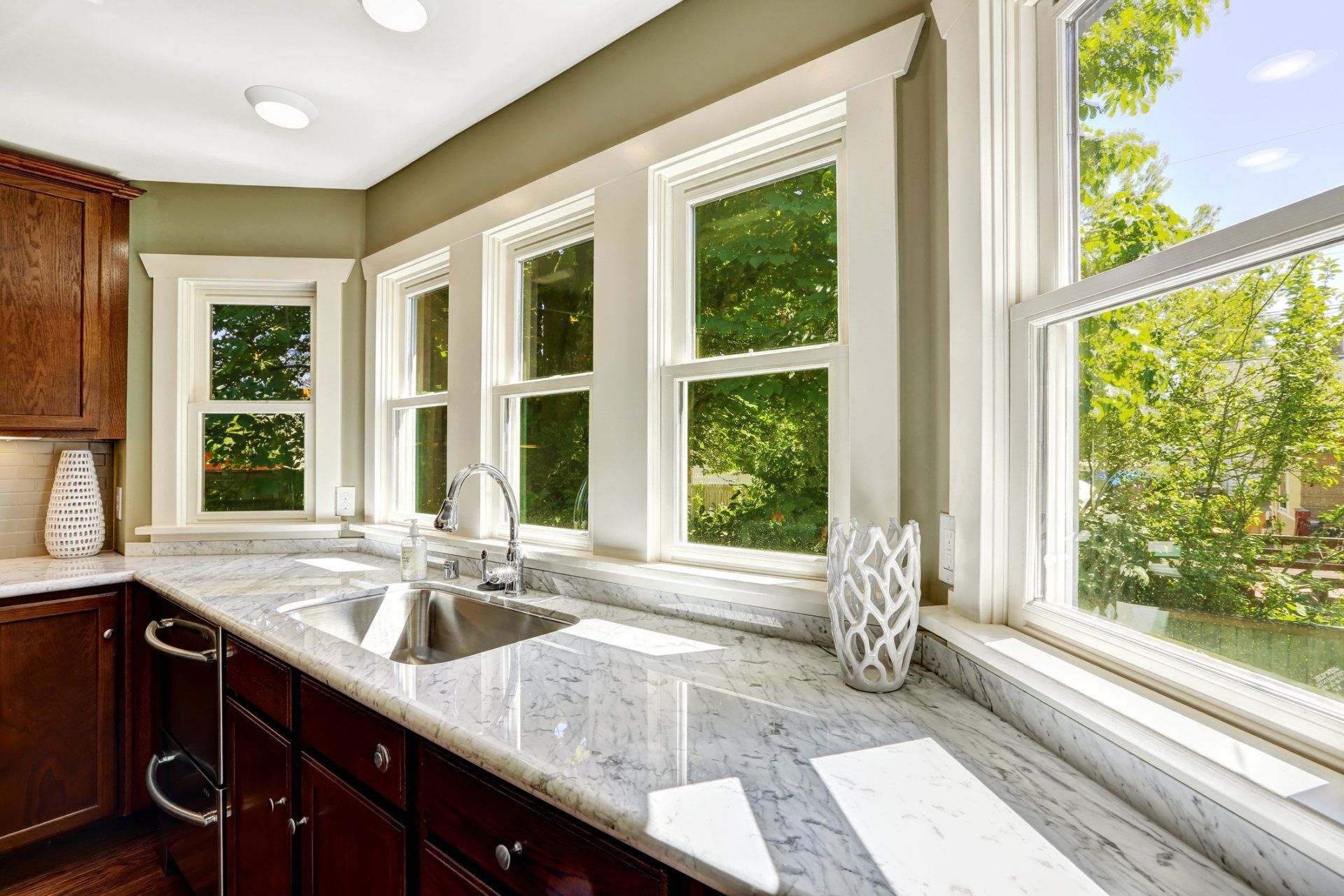
Patio door maintenance is something most people with a sliding, French, or swinging door will need to face at least once in their lifetime. Trust us, it happens even in the best of households! Especially with sliding doors, since these backyard or porch entry doors are used all the time by your family — to relax in the garden, bask in the sun or even head downtown — these doors will eventually get broken. But there are a few things you can do to get your door back in shape. And if these tips don’t work, you can call us at (800) 672-3777 to help you out . Sometimes, a high-quality replacement door will be best. So read some maintenance tips for patio doors (sliding and swinging) below! Sliding Patio Door Maintenance Tips #1 Clean the sliding door track Especially if it’s a sliding door facing your yard, it’s probably got a lot of dirt and grime on its track. This can get the door wedged or make you need to force it open. Eventually, this extra brute force over time can even break the door permanently. So, get a toothbrush and start scrubbing. Get all the debris off and then use a vacuum. You’ll notice the door starts sliding more smoothly! #2 Lubricate the sliding door track Make sure your door slides well by lubricating it. Use any spray lubricant (like WD-40) and apply it throughout the track. #3 Adjust the rollers of the sliding door Sometimes, the height of the rollers is causing an issue. And you can fix this by adjusting their screws. Usually, these screws will be hidden behind a cap (which you can pry off with a knife). Once you reach the screws, it’s the time for trial and error: fasten or loosen the screws till you notice the door is running smoothly. It’s simple, but this tip solves many sliding door issues! #4 Lubricate the screws of the sliding door After you’re done adjusting the screws, it’s a good idea to spray some lubricant to make sure they stay in good shape. Swinging Patio Door Maintenance Tips #1 Lubricate the hinges of the swinging door If the swinging door is sticking (or requiring force to budge), then spray lubricant onto the wedges. It’ll probably get it back to normal again. If you find any rust, use steel wool or even dab some cola (yes, the soft drink) on the hinges. In some severe cases, you might need to remove the hinges and keep them in cola for at least a day. #2 For doors that swing too quickly, use a mallet or firm paper You can slow down doors by tapping the underside of the hinges with a mallet. This will make the pins spring out, which you can then bend gently to make sure the doors stop swinging so fast. Another option instead of using a mallet is to place some firm paper under the hinge (where it meets the frame). #3 Replace the hinges of the swinging door Sometimes, mallet and paper tricks won’t solve the problem. You’ll need to remove the hinge and get a new one. To replace it, remove the hinge pins and then unscrew it entirely. Pay attention to make sure the door doesn’t fall and that you install the new hinge correctly. As soon as you screw the new hinge, run some swing tests to make sure it works. And you should always apply some lubricant on the hinge if needed. Maintenance not working? Get in touch and we’ll get you a brand-new patio door Did you try all the tips and your patio door is still not working? Well, it’s time to retire that door and get a replacement door! But don’t worry — our team has 25+ years of experience installing doors in California. And financing is available if you’re on a tight budget. So, if you need a brand-new door installed, don’t hesitate to contact us. Our team will go to your home, install the door for you, and make sure everything is working 100%. Our Available Patio Doors You can get a contemporary sliding door or French sliding/swinging doors. All these doors are energy-efficient and come with a high-end seal. That means you save money on utilities and even keep pesky bugs out of your home! Check out our patio doors We’re available in the following CA locations: Bay area LA area - Orange county Reno area Sacramento area San Diego area Get a quote today!
NATIONAL HOME IMPROVEMENT RADIO SHOW Hosts Jim & Morris Carey Interview Gene, Ralph & Michael of Brothers Windows


